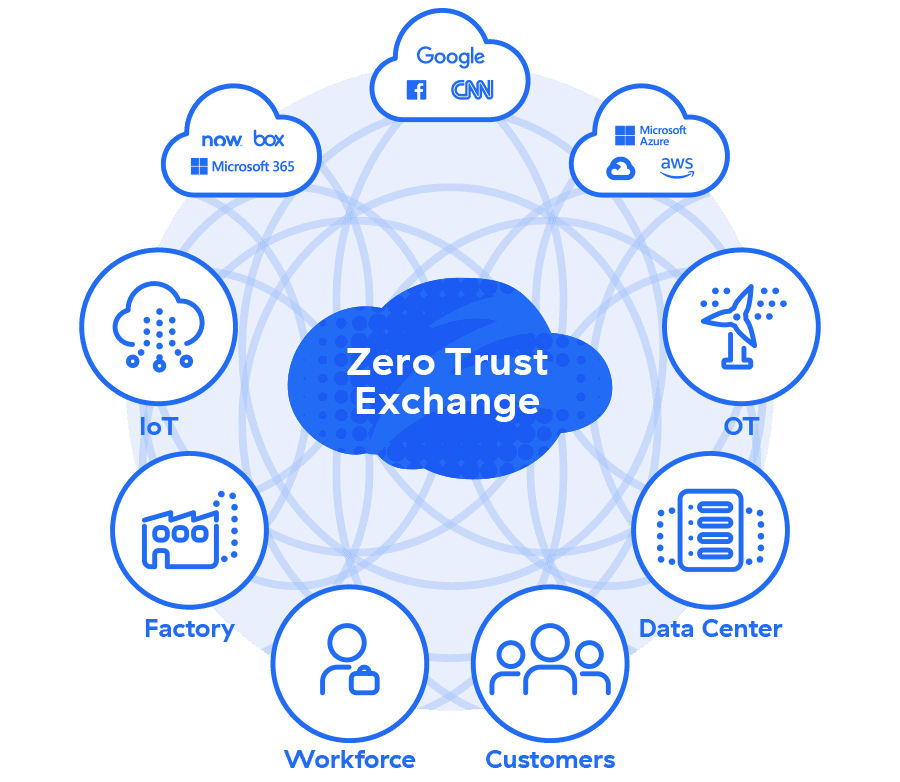
Understanding Zero Trust: The New Standard in Cybersecurity
Posted on November 7, 2024
In today’s digital landscape, traditional perimeter-based security models are proving insufficient. With data and resources spread across cloud services, remote devices, and global workforces, there’s a growing need for a new security paradigm: Zero Trust.
What is Zero Trust?
The Zero Trust model operates on a foundational principle: “Never trust, always verify.” This approach challenges the assumption that entities within a network are inherently trustworthy. Instead, every access request is treated as a potential threat, and users, devices, or applications must be continuously verified.
Key Pillars of Zero Trust
- Least Privilege Access: Users and devices are granted minimal access necessary to perform their tasks, limiting potential damage from breaches.
- Continuous Monitoring and Validation: Zero Trust mandates continuous assessment and verification of access requests to detect any unusual behavior in real-time.
- Micro-Segmentation: This involves dividing the network into smaller zones and enforcing strict access controls, preventing lateral movement within the network if a breach occurs.
- Multi-Factor Authentication (MFA): By requiring multiple forms of verification, Zero Trust reduces the risk of unauthorized access from compromised credentials.
- Secure Device Management: Every device connecting to the network is assessed for its security posture, ensuring only trusted devices have access.
Why is Zero Trust Critical Today?
The rise of remote work, cloud adoption, and BYOD (Bring Your Own Device) policies means that the traditional network perimeter has dissolved. Attackers are increasingly using sophisticated tactics to exploit vulnerabilities, and Zero Trust is designed to protect assets in this complex environment.
Benefits of Zero Trust
- Enhanced Security Posture: Zero Trust minimizes potential attack surfaces, reducing the risk of data breaches.
- Improved Compliance: Many regulatory frameworks recommend or require Zero Trust practices, aiding in compliance.
- Operational Efficiency: With automation and continuous monitoring, Zero Trust can streamline security processes, reducing response times to incidents.
Implementing Zero Trust
Adopting Zero Trust is a multi-step process that requires a shift in technology, mindset, and processes. Here’s a roadmap to begin:
- Identify Critical Assets and Data: Pinpoint what requires the most protection.
- Establish Strong Identity and Access Management (IAM): Implement MFA, role-based access, and privileged access management.
- Leverage Advanced Threat Detection: Use AI and machine learning to identify and respond to threats quickly.
- Educate and Train Employees: Ensure all users understand Zero Trust principles and adhere to security protocols.
The Future of Zero Trust
Zero Trust will continue to evolve with advancements in AI, machine learning, and behavioral analytics, further enhancing its ability to identify threats and enforce security in real-time. As cyber threats become more sophisticated, Zero Trust is expected to become the standard framework for resilient cybersecurity.
In conclusion, Zero Trust isn’t just a trend; it’s a necessity in an increasingly complex digital world. Embracing Zero Trust can help organizations safeguard their most valuable assets and thrive in today’s evolving cybersecurity landscape.
